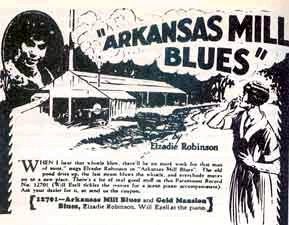(HUAC) the House Un-American Activities Committee began the investigation of 7 radio commentators on November 6, 1945. This list includes: Bertolt Brecht, Norman Cousins, Carey McWilliams, Dorothy Healey, and W. E. B. DuBois... most of them worked for Pacifica.
Starting in the year 1946, HUAC issued general reports on subversive activities, based on its research and hearings. Their first report contained a very partisan section on the radio broadcasts of “certain unnamed liberal commentators.” The committee found the radio commentators to be pro-communist based on their comments regarding the State Department, presidential appointees, foreign governments, and General Douglas MacArthur. [Yes, the far right has really been trying to convince America that liberals are communists for that long.]
Three ex-FBI agents in 1950 published a booklet titled Red Channels: The Report of Communist Influence in Radio and Television. This tome listed people, organizations and publications purported to have ties to communism. Among those people cited for their ties to communist organizations the following peopel in radio: Rod Holmgren, Lisa Sergio, William S. Gailmor, William Shirer, Johannes Steel, J. Raymond Walshand even Orson Welles!
By the time the book was published, all six commentators listed in its pages had been forced off the air. More here: http://www.moderntimes.com/palace/huac.htm
This crap went on for more than a decade with the FCC withholding the license renewals of KPFA, KPFB, and KPFK pending its investigation into "their communist affiliations." but after McCarthy Sputtered and crashed like the paranoiac alcoholic that he was, the whole movement loast steam. He had been reckless and like a gambler on a winning streak he had not planned for failure. He imploded and drank himself to death. The radio men he ran out of the buisness mostly met sad ends as well, but some found new work writing under psudonyms.
At the end HUAC offered lines of poetry by Sir Walter Scott in defense of their witch-hunt in their final report. I think they misread him myself. Poem Here: http://www.writing.upenn.edu/~afilreis/50s/scott-quote.html
great documentary here: http://radfilms.com/huac.html

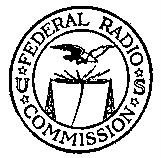 This new license also required all stations to broadcast on the single authorized frequency of 833 kHz. Most government and weather broadcasts were allocated on 619 kHz. Now the immediate problem with this dumbass idea is that radio stations can't operate simultaneously on this channel without causing interference. Try to imagine radio as the newest hottest fad at the time. Over 100,000 radios had already been sold. And now, they barely worked because of all the damn crosss-talk. So the owners of the stations met and had to agreed on a time-share schedule. in San francisco the above mentioned KZM not only shared time with KLX but also their transmitter!
This new license also required all stations to broadcast on the single authorized frequency of 833 kHz. Most government and weather broadcasts were allocated on 619 kHz. Now the immediate problem with this dumbass idea is that radio stations can't operate simultaneously on this channel without causing interference. Try to imagine radio as the newest hottest fad at the time. Over 100,000 radios had already been sold. And now, they barely worked because of all the damn crosss-talk. So the owners of the stations met and had to agreed on a time-share schedule. in San francisco the above mentioned KZM not only shared time with KLX but also their transmitter!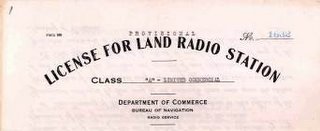 This cluttering was absolutely crippling in some cities. In Washington D.C. there were at least 11 stations sharing that frequency. This includes WQAW, WJH, WDW, WHAQ, WPM, WIL, WEAS, WIAY, WDM, and WMU. When the regulation was first issued in 1921, there were only 28 radio stations on the air. But in the year 1922 the DOC issued 480 more licenses! This was becoming a problem. By 1925 there were more than seven hundred stations and Herbert Hoover, then Secretary of the Department of Commerce, had to block the further issue of licences.
This cluttering was absolutely crippling in some cities. In Washington D.C. there were at least 11 stations sharing that frequency. This includes WQAW, WJH, WDW, WHAQ, WPM, WIL, WEAS, WIAY, WDM, and WMU. When the regulation was first issued in 1921, there were only 28 radio stations on the air. But in the year 1922 the DOC issued 480 more licenses! This was becoming a problem. By 1925 there were more than seven hundred stations and Herbert Hoover, then Secretary of the Department of Commerce, had to block the further issue of licences. The first StoryBooth opened in New York City's Grand Central Terminal on October 23, 2003. It was a great idea, and as great ideas sometimes do, it took off.
The first StoryBooth opened in New York City's Grand Central Terminal on October 23, 2003. It was a great idea, and as great ideas sometimes do, it took off.
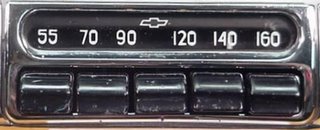 The FCC issued the first two permits in that band September 26, 1997; Thus granting the applications of KQXI-AM, Arvada, CO and KPHP-AM. Lake Oswego, OR. Strangely both run radio disney these days. FCC Press release here:
The FCC issued the first two permits in that band September 26, 1997; Thus granting the applications of KQXI-AM, Arvada, CO and KPHP-AM. Lake Oswego, OR. Strangely both run radio disney these days. FCC Press release here: 





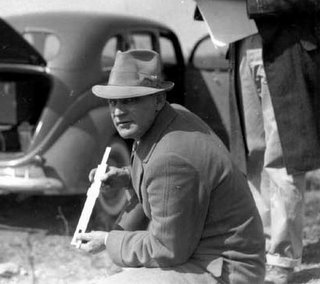 He founded and/or was the engineer for 25 radio stations in the Shreveport Louisiana area. This includes KWKH, WAAG, WGAQ, KGDX, WMAU, KFHF, KGGH, KTSL, KWEA and even early experimental stations like 4CK and 5ZS. WAAG eventually became KFDX the first church-operated radio station in the world.
He founded and/or was the engineer for 25 radio stations in the Shreveport Louisiana area. This includes KWKH, WAAG, WGAQ, KGDX, WMAU, KFHF, KGGH, KTSL, KWEA and even early experimental stations like 4CK and 5ZS. WAAG eventually became KFDX the first church-operated radio station in the world.
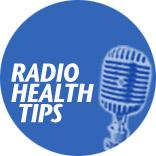
 The slightly smaller Block Island also only has two sticks on it: 95.9 WCRI a classical outlet, and 99.3 WJZS a Nostalgia outlet focusing on Big Band:
The slightly smaller Block Island also only has two sticks on it: 95.9 WCRI a classical outlet, and 99.3 WJZS a Nostalgia outlet focusing on Big Band: 



